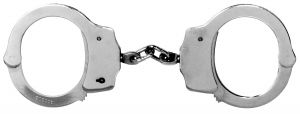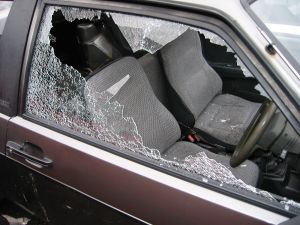Our San Francisco insurance attorneys follow all the latest California legal developments in insurance law. Recently we noted that the California Supreme Court granted review in American States Insurance Company v. Ramirez. This case revolves around a “stuffer” put into the envelope with the employer’s insurance policy documents, requesting information about employees driving their own cars for company business. The questions at issue in this upcoming case are, first whether that “stuffer” form which stated that the insured was covered for any vehicle driven was part of the insurance policy, and second, if it was part of the policy, did that “stuffer” form create ambiguity in coverage that should be construed against the insurer?
The background of the case involves an employee, Hector LaBastida, of HLCD, Inc. HLCD took out the insurance policy at issue, which explicitly included insurance for two listed cars. It had a liability limit of $750,000. The insurance company, American States, sent Mr. LaBastida a copy of the policy including the “stuffer” form, which listed him as the only driver. Later, Mr. LaBastida caused a traffic accident in his own car, not one of the cars listed on the policy, but while conducting company business. That accident caused the death of one person and severely injured two others. Mr. LaBastida also had private insurance for his personal car from Wawanesa Insurance Company, with a liability limit of $300,000.
In 2005, the persons injured in the car accident and their families sued HLCD and Mr. LaBastida. In that case, American States denied coverage for the accident because it said Mr. LaBastida’s car was not covered by their policy. Two years later, the injured persons offered to settle within the liability limits, but American States refused again on the grounds the car was not covered by them.
 San Francisco Injury Lawyer Blog
San Francisco Injury Lawyer Blog













 For many, after the Thanksgiving feast is eaten and the dishes cleared, the shopping begins. Parents and grandparents, including many of the members of our San Francisco injury law firm, search for the perfect gift to bring a smile to a child’s face and provide hours of fun in the year to come. While fun (and good deals!) is crucial, shoppers should also keep
For many, after the Thanksgiving feast is eaten and the dishes cleared, the shopping begins. Parents and grandparents, including many of the members of our San Francisco injury law firm, search for the perfect gift to bring a smile to a child’s face and provide hours of fun in the year to come. While fun (and good deals!) is crucial, shoppers should also keep  Police-Involved Collisions: Statistics and Safety
Police-Involved Collisions: Statistics and Safety Proving a California Legal Malpractice Claim
Proving a California Legal Malpractice Claim
 At the Brod Law Firm, we work to get victims compensation through the state and federal civil court system. We are proud of our work as a San Francisco personal injury law firm, including our representation of those injured by drunk drivers. While the civil and criminal courts in the United States are separate and distinct systems, we believe it is helpful to have an understanding of both facets of the legal system as it relates to
At the Brod Law Firm, we work to get victims compensation through the state and federal civil court system. We are proud of our work as a San Francisco personal injury law firm, including our representation of those injured by drunk drivers. While the civil and criminal courts in the United States are separate and distinct systems, we believe it is helpful to have an understanding of both facets of the legal system as it relates to 